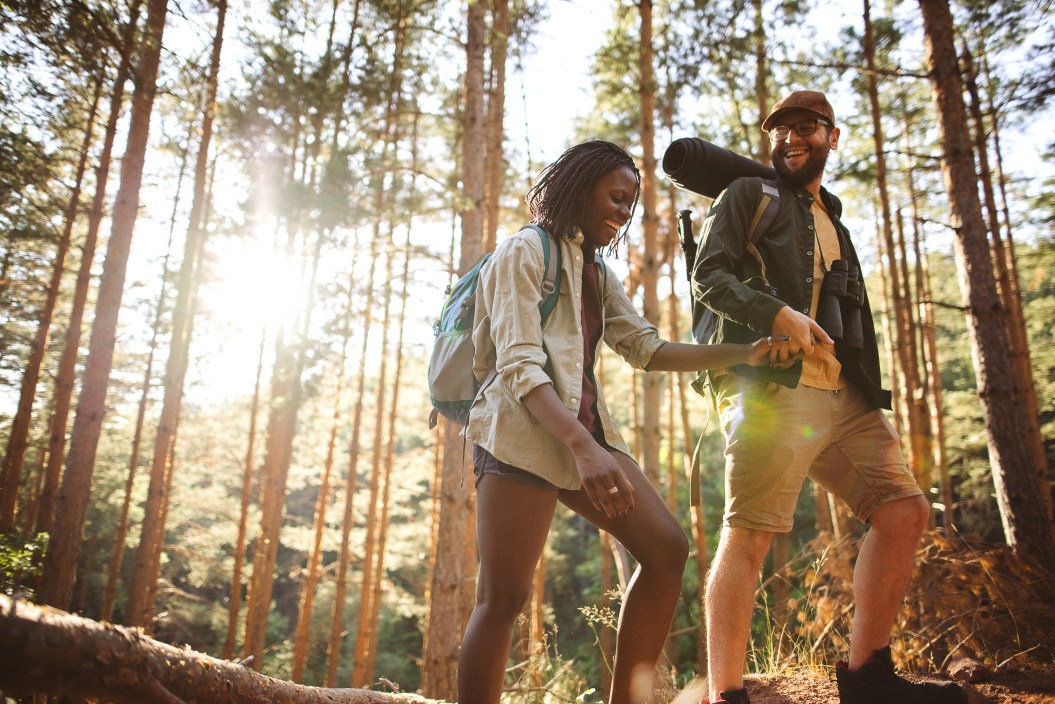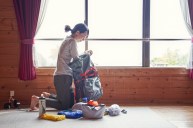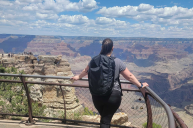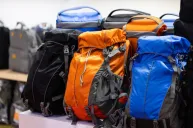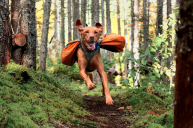One of the best ways to check out and recharge in nature is by going on a weekend backpacking trip. Combining hiking and camping for just one or two nights is a great introduction for experienced tent campers and day hikers alike to score a whole new adventure on their two feet—and planning a trip of just 48 hours is way less of a commitment than, say, thru-hiking the Appalachian Trail.
Learn some tips on how to prepare for your first backpacking trip from route planning, safety, how to pack and the best backpacking gear to bring.
Where to Go on a Weekend Backpacking Trip
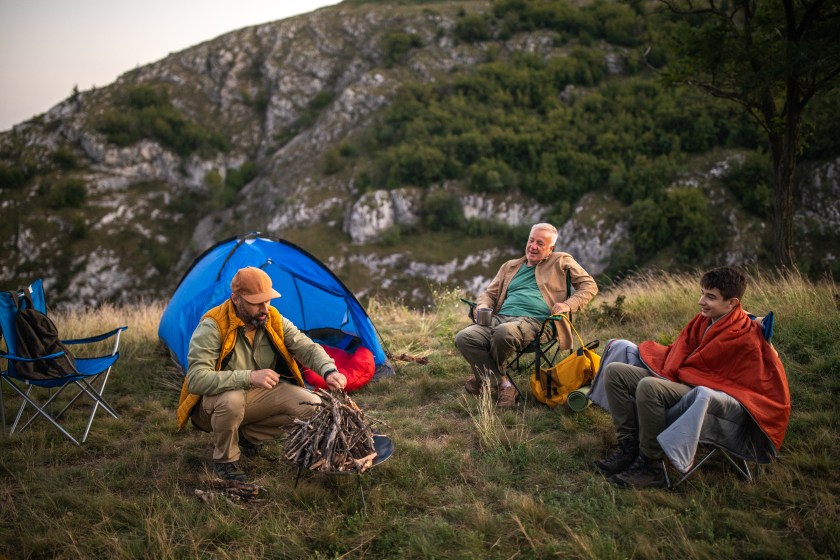
Getty Images, miodrag ignjatovic
The first decision when planning a backpacking trip is deciding where to go and how long to stay. As jazzed as you might be, don't get overexcited—a one- or two-night backpacking trip is plenty for your first time. Some potential spots to check out:
- Lower Lena Lake Trail, Washington
- Mirror Lake Trail, Oregon
- Redwood Creek Trail, California
- Continental Divide, Colorado
- Lake Blanche, Utah
- Golden Cathedral, Utah
- Gunsight Pass Trail, Montana
- Cascade Canyon Trail, Wyoming
- Superior Hiking Trail, Minnesota
- Skyway Loop Trail, Alabama
- McAfee Knob, Virginia
- Bear Mountain Trail, Connecticut
All of these all offer easy or moderate routes so you can start off easy for your first backpacking trip.
How Many Miles Should You Aim to Hike Each Day?
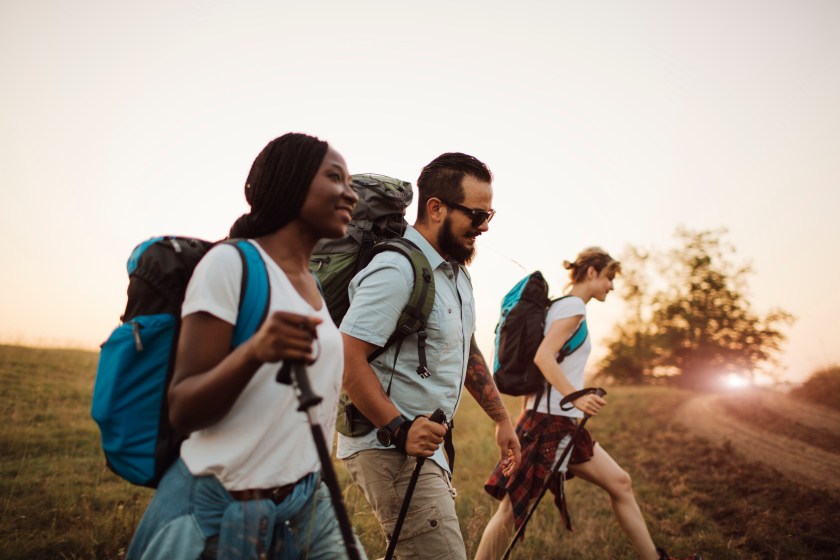
Getty Images, vgajic
For a first-time backpacker, even someone who's very fit, keep it short and easy with lower mileage. You'll walk much slower than you normally do with all of your gear on your back—it often takes people one hour to hike 2 to 3.5 miles with a fully loaded backpack. By contrast, typical walking speed is 3 to 4.5 miles per hour.
Hiking roughly 2 to 6 miles per day on your first backpacking trip is a good goal, depending on how hard you want to push yourself.
What Should You Pack for Backpacking?
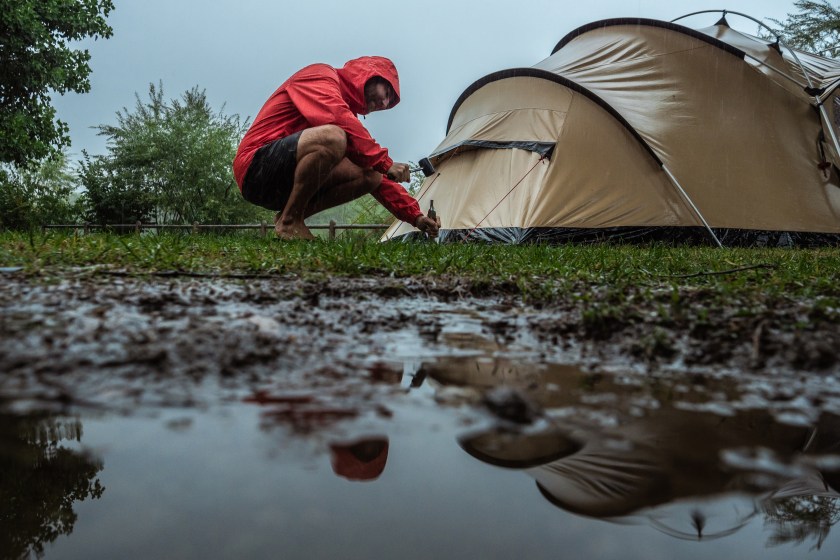
Getty Images, Mystockimages
Packing for your first backpacking trip can be an intimidating task. Keep in mind that less is more while backpacking—you have to carry it all, after all.
But it is important to have certain essentials for the backcountry. Safety is essential in the backcountry, which means you need a well-stocked first aid kit and some other safety gear is non-negotiable.
We included more detailed gear lists below, but you want to check off the basics: shelter, food, water, safety, clothing layers, and a quality backpack and hiking shoes and hiking socks.
For shelter, you'll want a tent or bivy sack and a warm enough sleeping bag for the expected nighttime temperatures.
Bring plenty of food and water as well as a water filter and iodine tablets so you can safely drink water from streams.
Take the time to purchase or borrow all the gear you need, stay organized, and plan ahead so you aren't scrambling to pack at the last minute.
Backpacking Packing Checklist
- Hiking backpack with a waterproof pack cover
- Tent or bivy sack
- Sleeping bag with a compression sack
- Sleeping pad with a backpacking pillow (optional)
Bringing enough sustenance is crucial when you're burning calories hiking with a load.
- Two water bottles
- Water filter/water purification tablets
- Fire starter/lighter
- Camp stove, pot and fuel
- One cup, spork and knife
- Plenty of food
- Bear canister
What layers to bring will vary based on your destination. Check out our Ultimate Guide to Layering for Backpacking, but generally, you'll want to pack:
- Hiking boots or hiking shoes
- Sandals or crocs
- Merino wool socks (check out the best we've tested here)
- Underwear/sports bra
- Base layers (top & bottom)
- Sweat-wicking hiking top
- Hiking pants or shorts
- Puffy jacket
- Raincoat & rain pants
- Beanie
- Sunglasses
- Baseball hat
- Bandana
- Pajamas
- Quick-dry towel
Taking a wilderness first aid course and bringing friends on your backpacking trip is always a good idea. Look out for yourself in the wilderness and remember you can't rely on the amenities of home, the doctor, or calling 911 in emergency situations.
You can purchase a pre-formed backpacking first aid kit or DIY your own, but either should include:
- Assortment of bandaids
- Moleskin
- Neosporin or other antibacterial ointment
- Iodine
- Tweezers
- Antiseptic Wipes
- Butterfly bandages
- Gauze
- Non-stick pads
- Ibuprofen
- Medical tape
- Irrigation syringe
- Medications
- Emergency blanket
- Latex gloves
- Hand sanitizer/biodegradable soap
- Map and compass
- Knife
- Fire starter/lighter
- Whistle
- Headlamp
- GPS device
- Water purification tablets
- Bear spray/bear canister (if needed)
- Toiletries
- Bug spray
- Sunscreen
- Chapstick with SPF
- Toilet paper
- Wet wipes
- Ziplock/trash bags
- Headlamp with extra batteries
- Luci light
- Ear plugs
- Trowel
- Trekking poles
- Battery pack
- Journal & pen
How to Pack Your Backpack
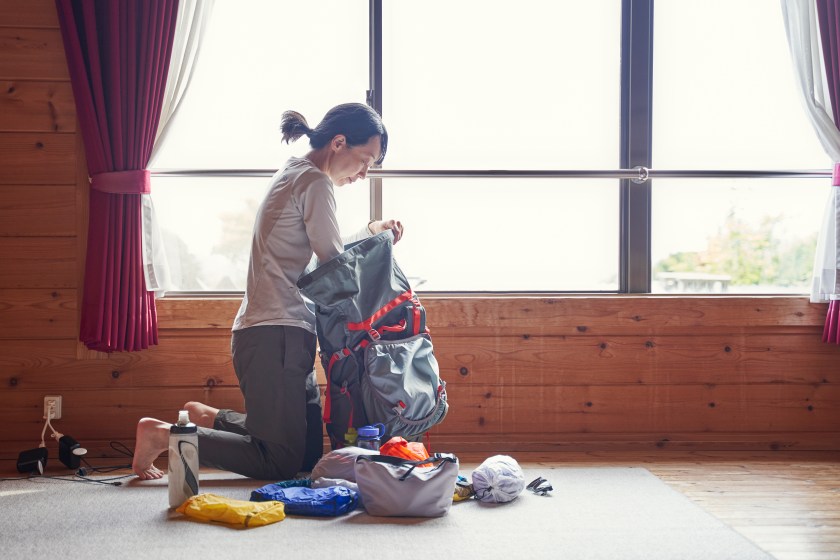
Getty Images, Yagi-Studio
Learning to organize your pack is crucial: You want to not only make sure everything fits in your pack, but also be able to get at the things you need quickly. Also essentials is making sure your belongings don't become unwieldy.
In short: It can seem like a puzzle to figure out how to best pack your bag.
A good rule of thumb is to put the heavy items on the bottom of your bag and the lighter items on top. This will create a more balanced distribution of weight so you can have more weight on your hips and less weight on your shoulders.
Then, pack snacks, water and essentials (e.g., compass, GPS device, phone) in an accessible part of your bag so you can grab them easily while you are on the trail.
Final Reminders for Your First Backpacking Trip
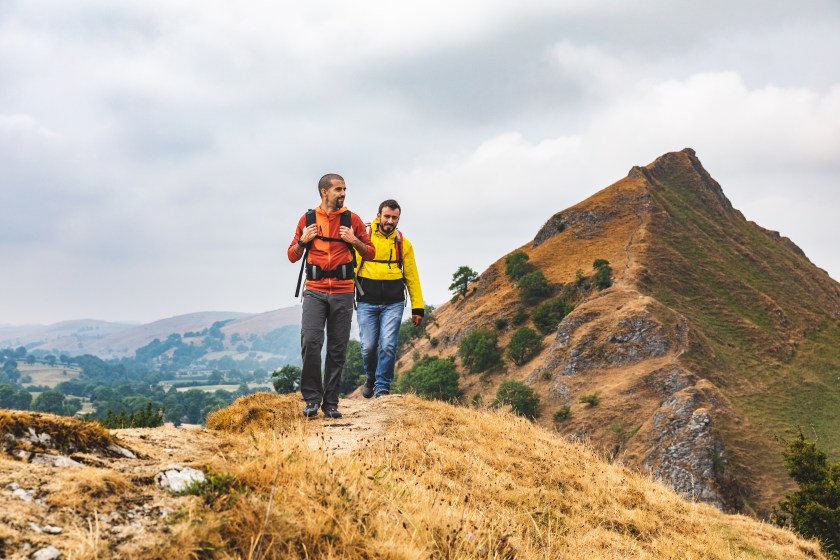
Getty Images, Teresa Colucci
Now that you know where to go, how to plan, and what to pack, there are two final essential things to do before you embark on your first backpacking trip.
First, it's required for you to "leave no trace" in the wilderness. That means you need to pack in and pack out everything you bring with you—littering is a strict no-no on the trail.
Second, it's very important to tell friends and family at home where you're going and how long you'll be gone. Let people know what your route is, what trail you are taking and where your car is parked. For some trails, you'll need a backcountry permit, and it's always wise to register yourself and your hiking partners with the state or national park service, so park officials also know your plans.
READ MORE: I've Backpacked Thousands of Miles and These 8 Luxuries Are Worth Their Weight
